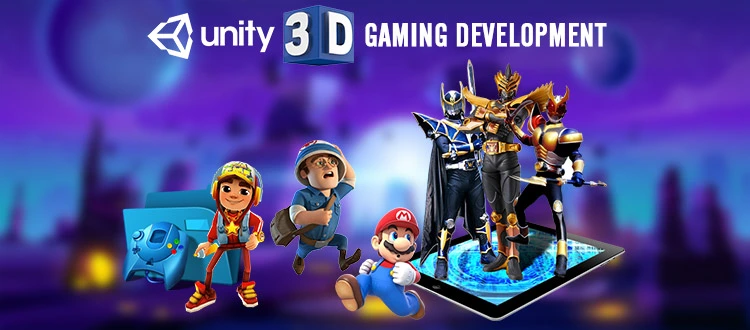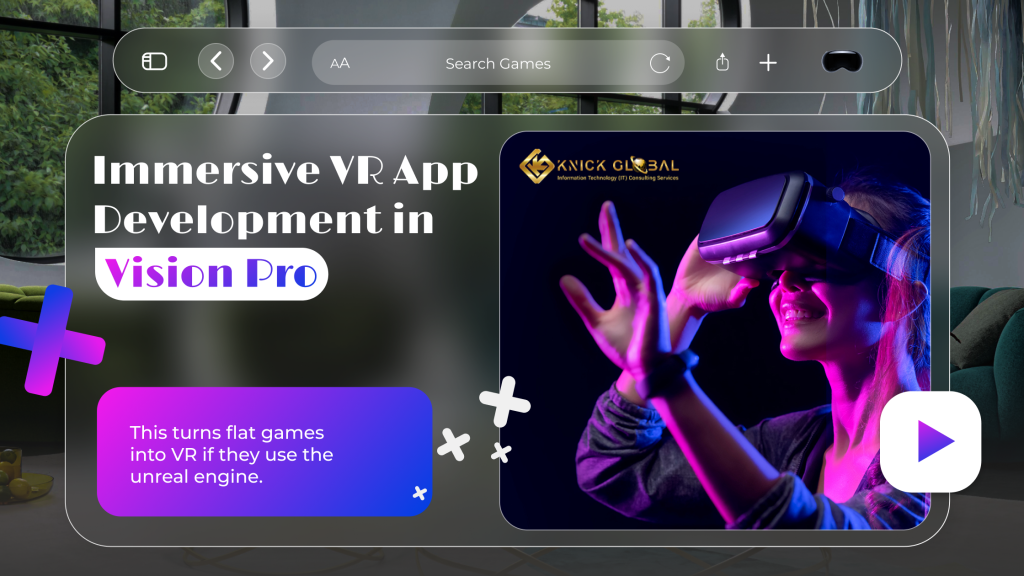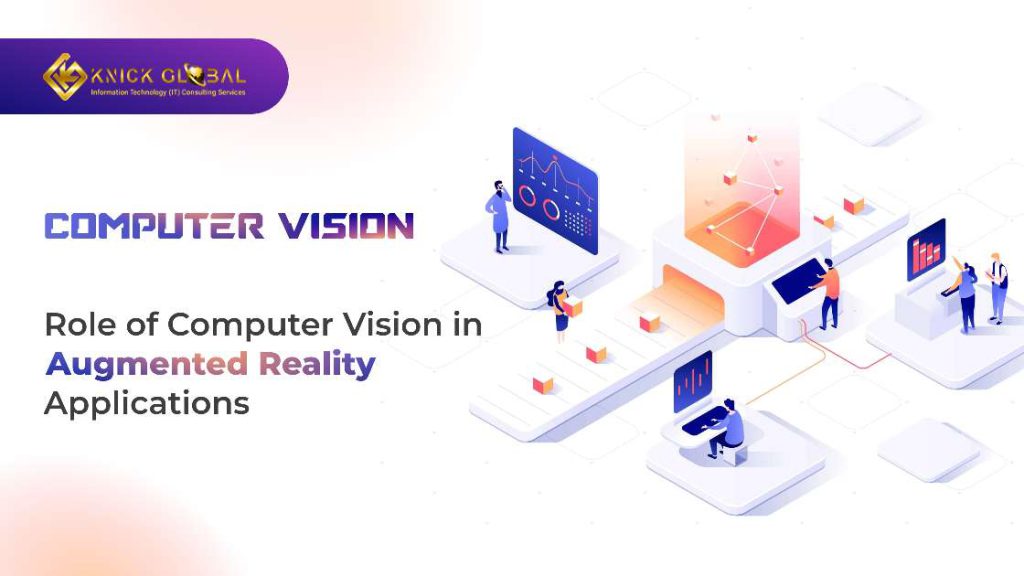Unlocking the Potential of Android Game Development: Services and Expert Guidance for Success
As the gaming industry continues to thrive, Android game development stands out as one of the most exciting and lucrative opportunities for developers and businesses alike. With a massive global user base, Android offers a flexible and accessible platform for creating innovative games across various genres. From casual puzzle games to immersive 3D experiences, Android provides the tools and reach to bring your game ideas to life. In this in-depth guide, we will explore the world of Android game development, the essential services needed for a successful game, and how to choose the best Android game development company to ensure your project stands out in the competitive gaming market. Why Android Game Development is Key to Mobile Gaming Success Android has emerged as a dominant platform in the mobile gaming world, largely due to its open-source nature, extensive user base, and affordability. The flexibility of the platform allows developers to create a wide variety of games, from simple 2D puzzles to complex 3D RPGs, catering to gamers of all ages and interests. Key Reasons to Choose Android for Game Development: Global Reach and User Base: Android commands over 70% of the global mobile operating system market, with billions of active users. This extensive reach allows game developers to target a wide audience, offering endless potential for game downloads and in-game purchases. Cost-Effective Development: Developing a game for Android can be more cost-effective than other platforms, thanks to the open-source nature of the Android operating system and the availability of free development tools like Android Studio. Additionally, the Google Play Store charges lower publishing fees compared to other app stores, making it easier for developers to launch their games. Support for Emerging Technologies: Android’s support for innovative technologies such as Augmented Reality (AR), Virtual Reality (VR), and blockchain means developers can create cutting-edge games that push the boundaries of gaming experiences. These technologies allow for immersive gameplay that captivates users and keeps them engaged. Wide Range of Devices: Android games can be played on a wide variety of devices, from high-end smartphones to budget models. This broad device compatibility means developers can reach different market segments, offering games that appeal to users with varying device capabilities. Popular Genres for Android Game Development: Action/Adventure Games: Fast-paced and immersive games that offer real-time engagement. Strategy Games: Games that require critical thinking and planning, such as Clash of Clans. RPGs (Role-Playing Games): Complex games with evolving storylines, character development, and immersive gameplay, such as The Elder Scrolls: Blades. Casual Games: Easy-to-play games like Candy Crush that are accessible to a broad audience. Essential Android Game Development Services Developing a game that stands out in the highly competitive Android market requires more than just great ideas and coding skills. A successful game development process involves several stages, each requiring specific services to ensure the game is engaging, optimized, and ready for market launch. Here are the key Android game development services needed for success: 1. Game Conceptualization and Storyboarding The first step in any game development project is creating a strong concept and story. This stage involves defining the game mechanics, objectives, characters, and narrative. Whether you’re building a casual game or an epic RPG, the conceptualization phase sets the foundation for the entire development process. Developers and designers collaborate to storyboard the game, laying out how each level, character, and interaction will play out. This process ensures that the game has a clear direction and offers a cohesive and engaging experience for players. 2. 2D and 3D Game Development Once the game concept is finalized, the next step is the development phase, where the actual coding and design take place. Whether your game is based on simple 2D mechanics or involves complex 3D environments, developers use advanced development tools to bring your vision to life. 2D Game Development: 2D games are usually simpler, making them easier to develop and run on a wider range of devices. Popular genres for 2D games include puzzle games, platformers, and arcade games. 3D Game Development: 3D games offer a more immersive experience, requiring advanced graphics and physics engines to create realistic environments. While more resource-intensive, 3D games tend to have higher player engagement and retention. 3. Cross-Platform Compatibility and Optimization Android devices come in various shapes and sizes, each with different hardware capabilities. To ensure your game runs smoothly across all devices, it’s essential to optimize it for different screen sizes, resolutions, and performance specifications. Cross-platform compatibility ensures that your game reaches the largest audience possible. Developers need to make sure the game is adaptable and performs well on both high-end and low-end Android devices without compromising on the quality of gameplay. 4. Backend Development and Integration Backend development is crucial for games with multiplayer modes, in-game purchases, or social integration. This involves building the server infrastructure that supports real-time gameplay, leaderboards, and secure user authentication. Backend services also manage player data, including scores, progress, and in-game purchases. Effective backend development ensures that players can seamlessly interact with the game, whether competing against friends or buying upgrades. 5. Game Testing and Quality Assurance (QA) Before launching your game, it must undergo rigorous testing to identify bugs, performance issues, and user experience problems. Quality assurance (QA) testing helps ensure the game runs smoothly on all supported devices and meets the high expectations of today’s mobile gamers. Testing covers various aspects, including: Performance Testing: Ensures the game runs without lag or crashes, even on lower-end devices. Usability Testing: Evaluates how intuitive and user-friendly the game is. Functional Testing: Identifies and resolves bugs or issues in the game’s mechanics, ensuring all features work as intended. 6. Monetization Strategy A great game isn’t just about fun—it’s also about profitability. Monetization strategies help developers generate revenue through the game. Common monetization models include: In-App Purchases (IAPs): Allowing players to buy virtual goods or upgrades. Advertising: Integrating ads into the game to generate revenue. Freemium Models: Offering the game for free but charging for premium features or content. A well-thought-out monetization strategy ensures










